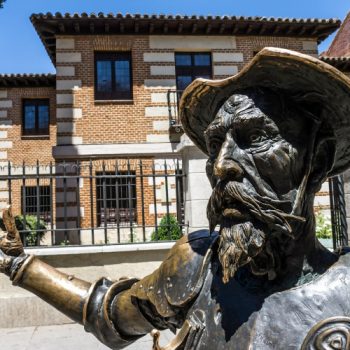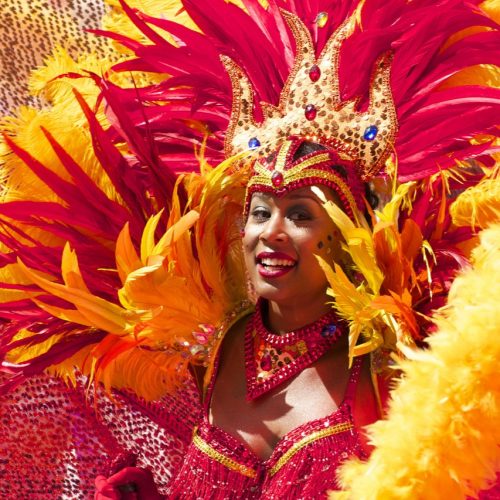
What is the Carnaval de Santa Cruz de Tenerife
Carnaval de Santa Cruz de Tenerife
 You may have heard of the Carnaval celebration in Rio de Janeiro, Brazil but did you know this festival is celebrated in a number of countries, including many cities in Spain, too? While Carnaval is of importance to many Spaniards, we are focusing on the biggest meccas first. We’ve previously shared about the Carnaval celebration in Cádiz and today we’re going into more detail about the Carnaval celebration in Santa Cruz de Tenerife, which is actually the second most popular Carnaval celebration worldwide. In fact, Santa Cruz de Tenerife is considered a sister city to Rio de Janeiro for this exact reason!
You may have heard of the Carnaval celebration in Rio de Janeiro, Brazil but did you know this festival is celebrated in a number of countries, including many cities in Spain, too? While Carnaval is of importance to many Spaniards, we are focusing on the biggest meccas first. We’ve previously shared about the Carnaval celebration in Cádiz and today we’re going into more detail about the Carnaval celebration in Santa Cruz de Tenerife, which is actually the second most popular Carnaval celebration worldwide. In fact, Santa Cruz de Tenerife is considered a sister city to Rio de Janeiro for this exact reason!
The Program
This year, Carnaval will be celebrated from February 27th- March 10th. However, the exact dates change every year along with the ecclesiastical calendar (which is used to determine the date of Easter, therefore Lent, and therefore this celebration as well). Carnaval is generally celebrated from the weekend before Ash Wednesday through the weekend after. In Santa Cruz de Tenerife, they kick off the celebration one week before Ash Wednesday.
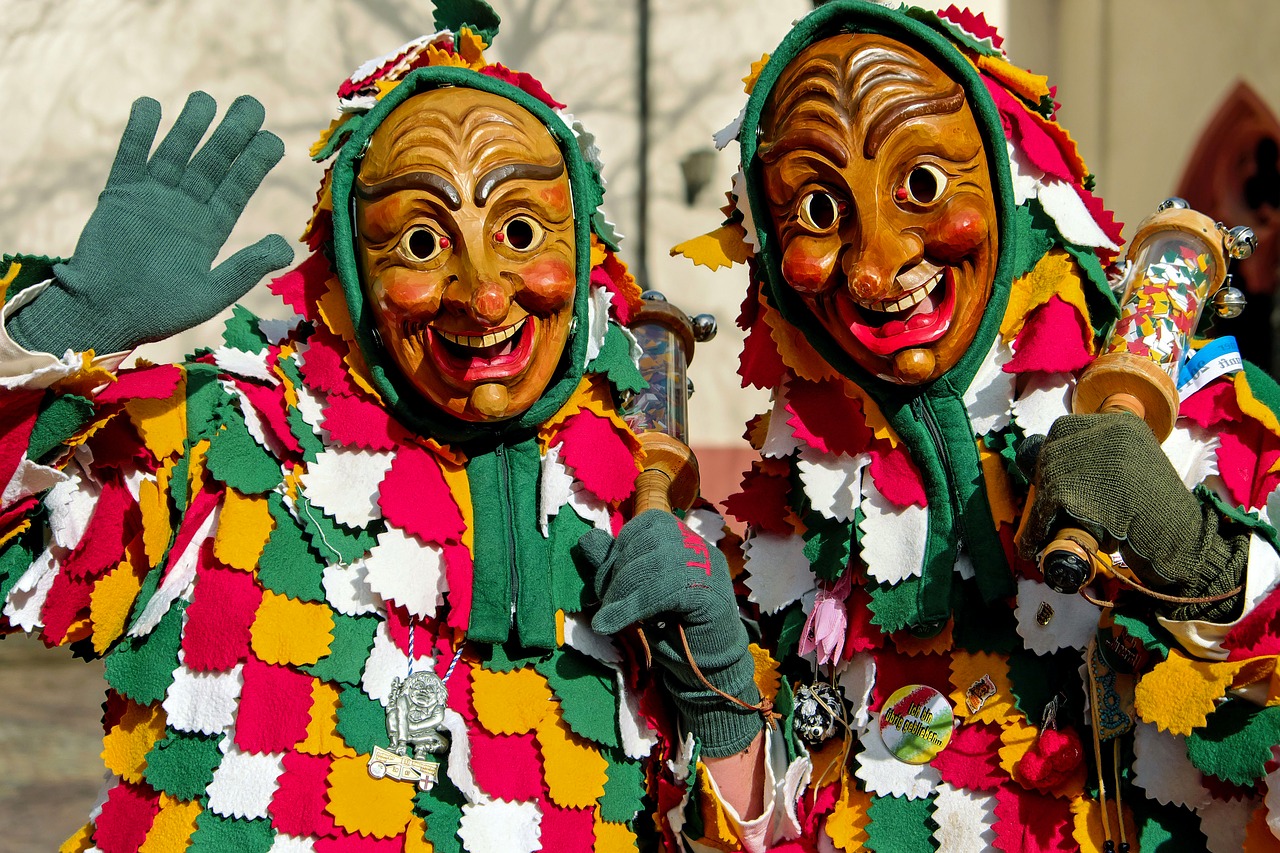 Depending on the source you check, however, you may find that start date of the Carnaval in Tenerife this year was as early as the start of February. This is not a misprint and, in fact, the festival was officially inaugurated on Friday, February 1st. Throughout the month, a variety of the initial phases of different competitions such as the mursas infantiles, mursa adultas, and comparsas (see explanations below) have been underway.
Depending on the source you check, however, you may find that start date of the Carnaval in Tenerife this year was as early as the start of February. This is not a misprint and, in fact, the festival was officially inaugurated on Friday, February 1st. Throughout the month, a variety of the initial phases of different competitions such as the mursas infantiles, mursa adultas, and comparsas (see explanations below) have been underway.
However, the main events and installations associated with Carnaval will kick off on Wednesday, February 27 with the Gala de Elección de la Reina where this year’s Carnival Queen will be selected. The following Friday (March 1) will be the first Carnaval de Día (daytime Carnival) and the most famous of activities and events will take place throughout the week that follows.
Main Activities
Gala de Elección de la Reina: This competition involves thirteen young women (already pre-selected by the mayor from a larger group of candidates) who will vie for the title of “Queen of the Carnival.” In the final phase of this competition the contestants appear in elaborate costumes that weigh on average 170 kilos (375 lbs)! In accordance, the costumes generally come equipped with wheels that allow them to move. Whoever is selected as queen is expected to participate in a variety of events throughout the following week, most importantly the Gran Coso Apoteosis. There are additional competitions for la reina infantil (the Junior Queen) and la reina de los mayores (the Senior Queen).
Mursas and Comparsas
Although many foreigners can’t distinguish the difference between these two forms of musical competitions, it seems that the confusion comes from the fact that both competitions have roots in various countries (among them Spain, Argentina, and Brazil) but have since taken off in different directions. What’s considered a mursa in Uruguay, for example may actually be more similar to a comparsa in Spain nowadays. Essentially, both of these musical forms involve groups who take their performances VERY seriously, generally practicing all-year-round. Each mursa and comparsa (groups are called by the same name as the type of music they will perform) create original lyrics, dances, and music with political and satirical undertones. They dress in elaborate costumes and perform their hearts out for the honor of winning this year’s fierce competition.
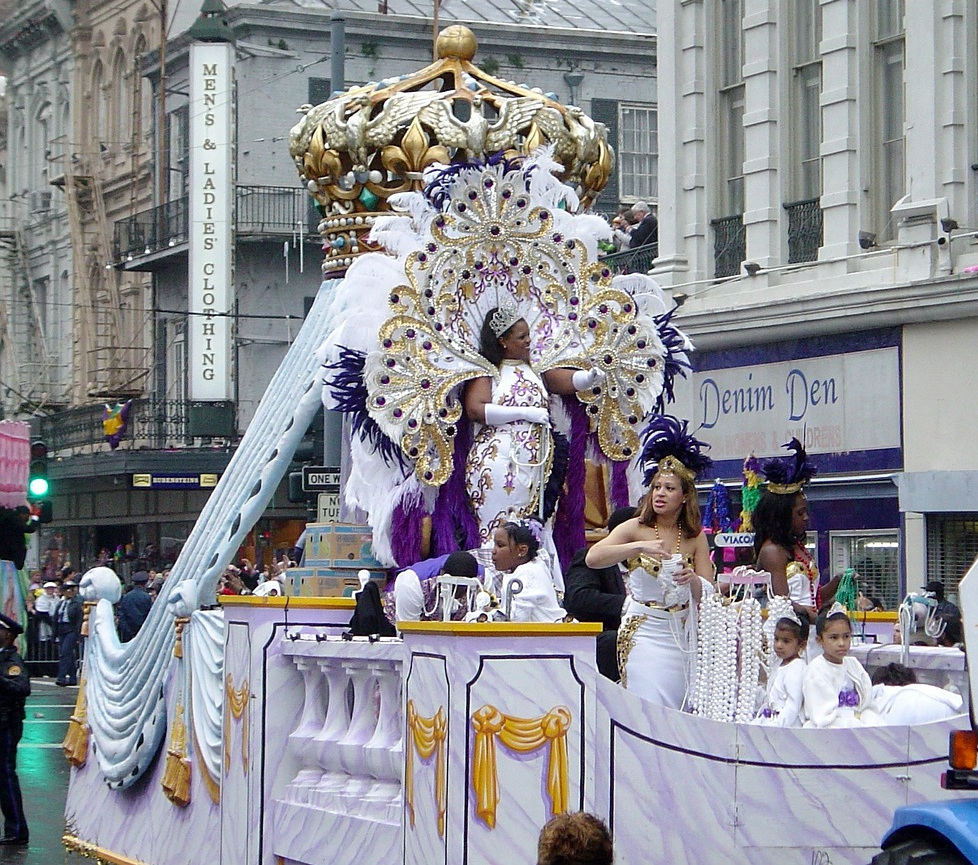 La Cabalgata Anunciadora and El Gran Coso Apoteosis
La Cabalgata Anunciadora and El Gran Coso Apoteosis
La Cabalgata Anunciadora is the inaugural parade that kicks off the main festivities of the Carnaval celebration. This year the incredibly colorful and showy parade will start on Friday, March 1 at 20:00. Spectators and participants (spectators are welcome to join in!) can expect to see tens of thousands of masked and eccentrically dressed groups of all ages taking part in this parade. The Cabalgata itself continues on all throughout the city for hours and is coupled with a night of partying. On the other hand, el Gran Coso Apoteosis is considered the “great climax or culmination” of Carnaval although it will take place this year on Tuesday, March 5 at 11:00. The parade is similar to the Cabalgata but takes a different route along the coast and includes a float showcasing the Queen of the Carnival and her court.
Entierro de la Sardina
Literally translated as the “Burial of the Sardine” this event is a parody of a funeral procession for (you guessed it!) a sardine statue. According to the official website of the Carnival in Tenerife, the Entierro, which is considered “the most irreverent and lighthearted show” of the Carnaval in Santa Cruz takes place on the day after el Gran Coso Apoteosis, marking the end of Carnaval. (The final weekend of Carnaval festivities are actually considered to be a ‘farewell’ to the celebration.) Unlike a real funeral procession, this parade is great fun and culminates in the burning the sardine statue in a ‘purifying fire.’ The subsequent burial of the sardine is viewed as a symbolic burial of the past (most specifically of the past week of excesses) so that society may be born anew for the upcoming Lenten period.
Final Notes
These are by no means the only events that take place during the Carnaval in Santa Cruz, but they are some of the most emblematic ones and can provide an overall taste of what this celebration is all about.
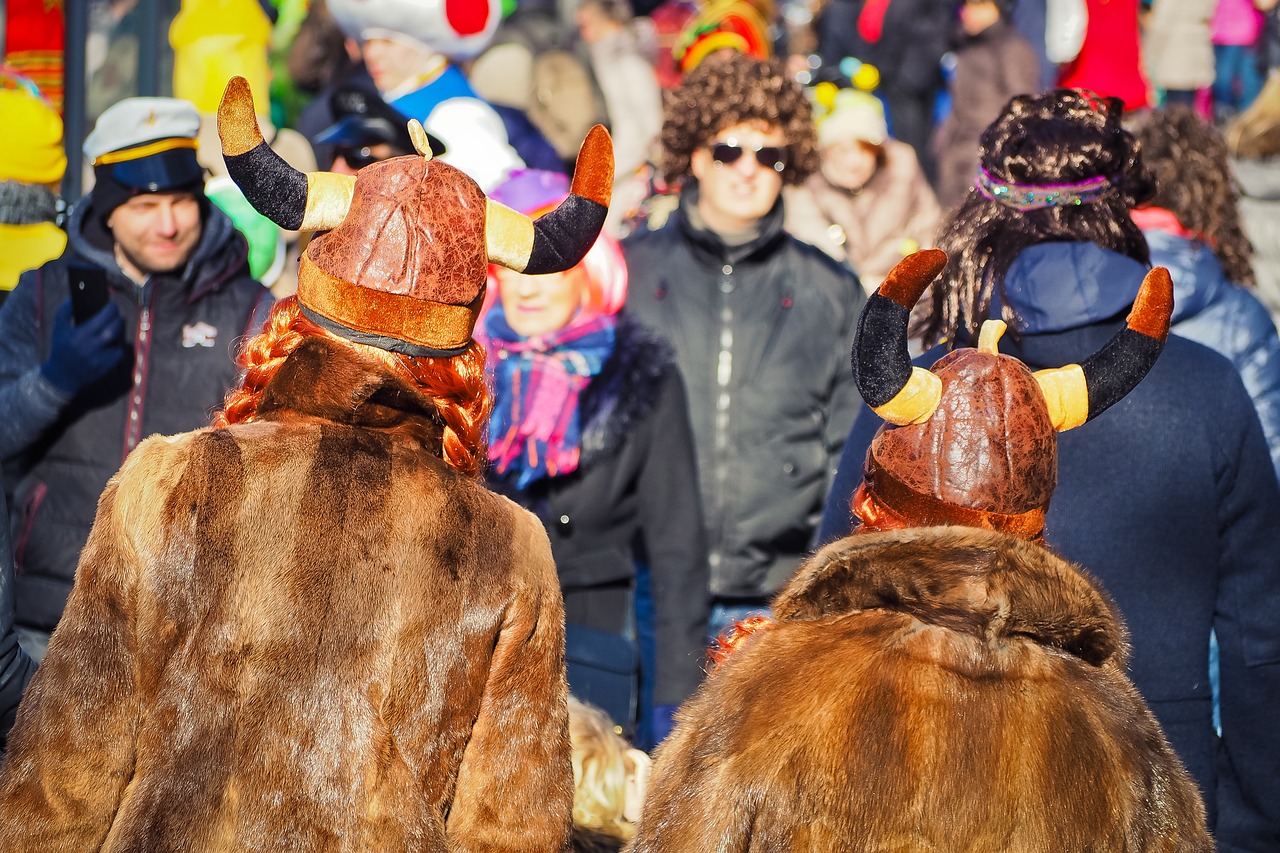 Additionally, it’s worth noting that, while the Carnaval in Santa Cruz is the most famous and popular celebration in the Canary Islands, other cities and towns around the islands will have their own version of the celebration as well. The Carnaval in Puerto de la Cruz happens during the same time period but its program of events is scheduled differently meaning that you could perhaps experience your favorite events twice if you planned to visit both cities accordingly. Most other towns, including Los Cristianos, Los Gigantes, and Garachico, hold their Carnaval celebrations later than those in Santa Cruz.
Additionally, it’s worth noting that, while the Carnaval in Santa Cruz is the most famous and popular celebration in the Canary Islands, other cities and towns around the islands will have their own version of the celebration as well. The Carnaval in Puerto de la Cruz happens during the same time period but its program of events is scheduled differently meaning that you could perhaps experience your favorite events twice if you planned to visit both cities accordingly. Most other towns, including Los Cristianos, Los Gigantes, and Garachico, hold their Carnaval celebrations later than those in Santa Cruz.
Resources:
http://carnavaldetenerife.com/en/
https://www.laopinion.es/carnavales/2018/01/02/programa-provisional-carnaval-santa-cruz/851249.html
https://www.cuandopasa.com/index.php?v=v61192b
https://www.guidetocanaryislands.com/tenerife-carnival-2019/
http://carnavaldetenerife.com/historia-del-carnaval/cabalgata-y-coso-2/
https://www.mundotkm.com/actualidad/2018/02/09/siempre-nos-preguntamos-esto-cual-es-la-diferencia-entre-comparsa-y-murga/
https://www.europapress.es/islas-canarias/noticia-gala-reina-carnaval-santa-cruz-tenerife-contara-13-candidatas-20180109102425.html


